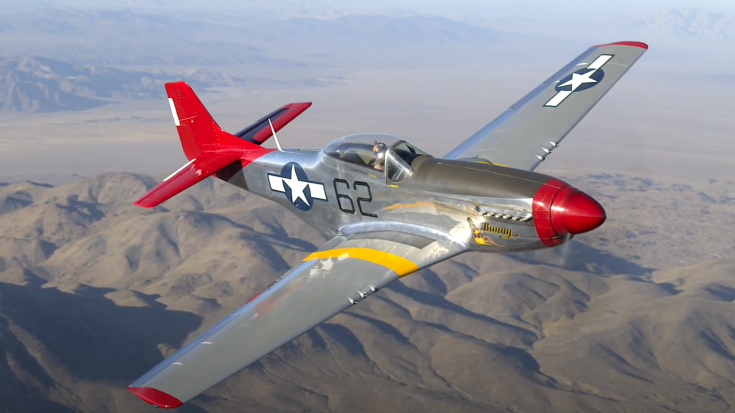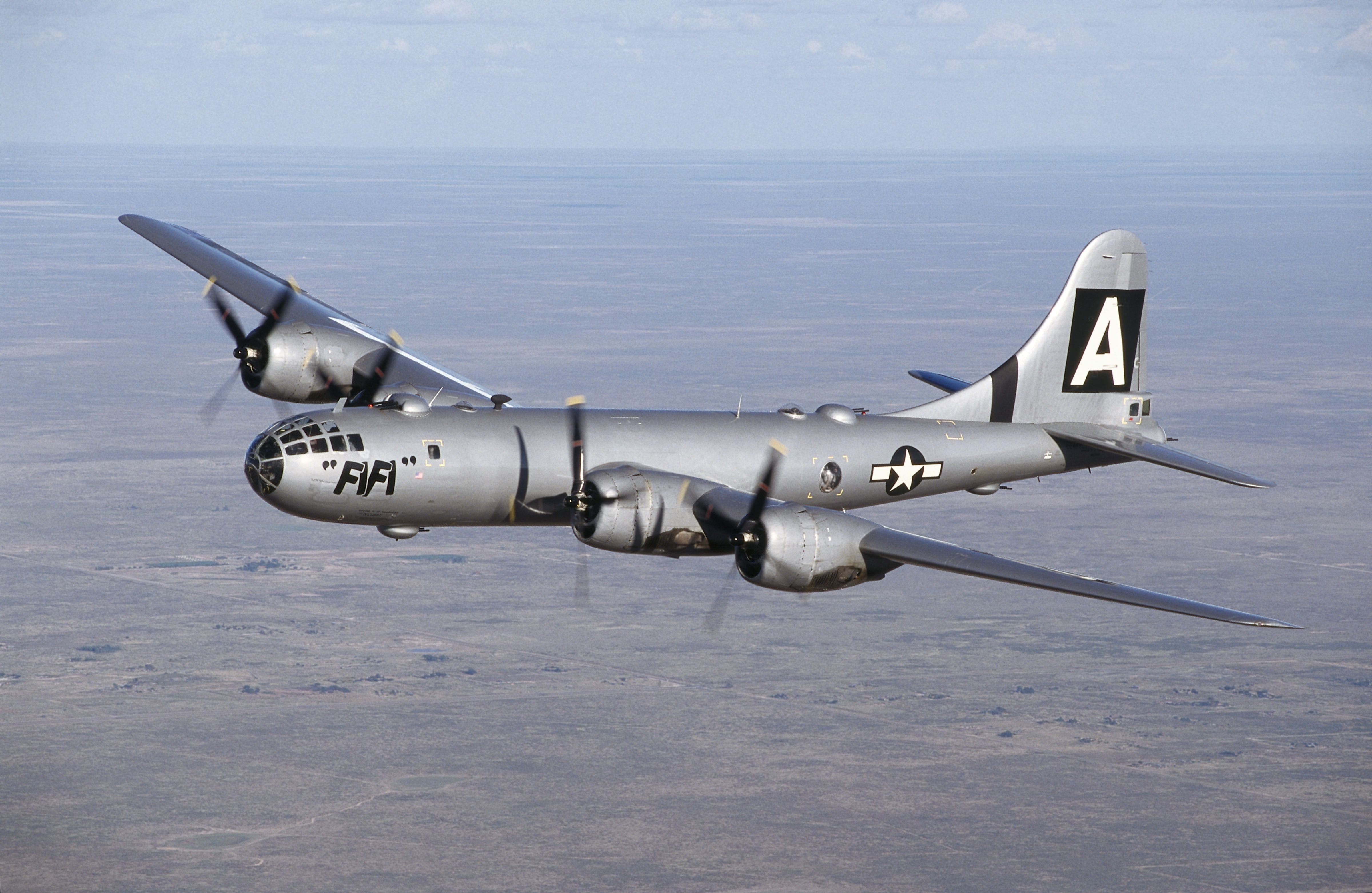
The North American P-51 was born when the British Government showed interest in purchasing the Curtiss P-40C. Curtiss was at max production capacity, so the British inquired to North American Aviation if they would build it under license for them. North American agreed, but they wanted to build a better aircraft. A condition of the sale from North American to the British was to supply the U.S. Army with two samples free of charge. The original prototypes were designated XP-51. The U.S. Army was given fourth and tenth aircraft. One of them can still be found at the EAA Museum in OshKosh, Wisconsin. Testing of the two prototypes started in October of 1941. The new aircraft received high marks and were clearly superior to other U.S. fighters at that time. Although, the U.S. Army decided to not immediately place orders. The first order of Mustangs to the British were designated Mustang I. The RAF received these aircraft behind schedule in October of 1941. Problems showed up immediately including the Allison power-plant and other design flaws. It is also important to note the Mustang Mk I's armament consisting of four .30 Cal machine guns mounted in the wings, as well as a set of two .50 Cal mounted in the wings and two .50 Cal machine guns mounted in the nose. The next evolution of this aircraft was designated Mustang Mk IA. Due to the recently signed Lend Lease Act the U.S. Army was able to place an order for 150 more Mustangs on behalf of the British. These aircraft were equipped with four 20 mm Hispano Mk.II cannons mounted in the wings. Only 93 of the new Mustangs made it to the RAF. The U.S. Army pulled 55 for themselves and they immediately saw service. Two were kept by North American Aviation for internal use. These P-51 Mustangs first saw service in April 9th of 1943 and the first combat loss came shortly afterwards on April 23rd. Mustangs saw action against the Japanese in the Aleutian Islands but a majority of them found their way to the Mediterranean theatre. The Mustang saw combat early on in the country of Algeria. Over time these P-51 Mustangs were converted to Reconnaissance planes. A K-24 camera was placed in the left window behind the pilot. The camera faced towards the back and down and took pictures providing battlefield reconnaissance. These aircraft saw continued service until the later part of 1944 continuing to fill the Attacker and Recon role.
